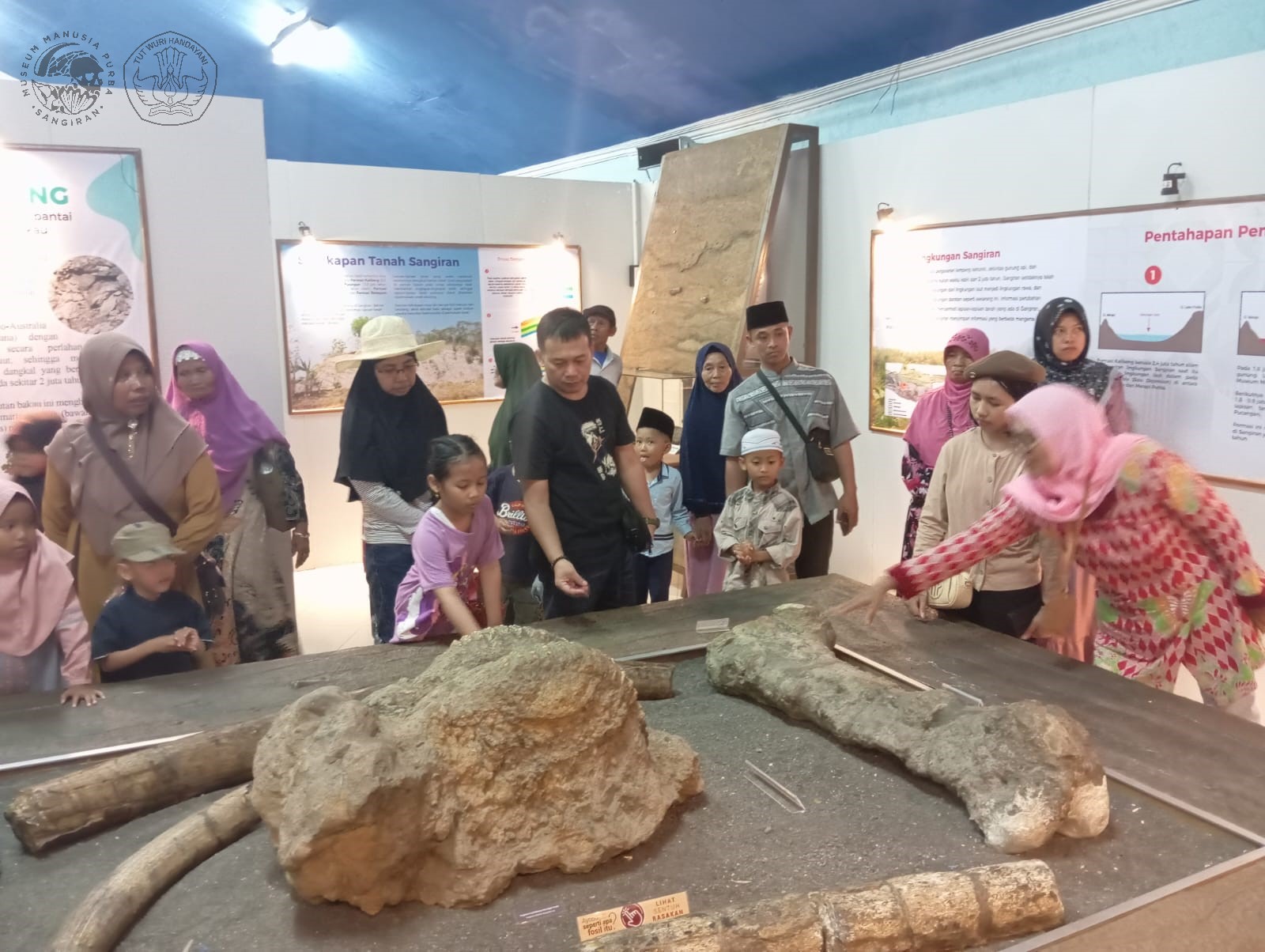The history of man was begun by the discovery of 7 to 4 million-year-old Australopithecus afarensis fossils in Africa. Around 3-2 millton years later, its descendants: Australopithecus africanus, Australopithecus robustus, and Australopithecus boisei inhabited South and East Africa. Dated back around 2 million years, the deft Homo habilis formed an evolutional phase that characterized an actual man. He created the oldest culture of Olduvai valley, East Africa.
The situation was rapidly changed once Homo erectus, toe descendant of Homo habilis, was found 1.5 million years ago.
It was such a remarkable fact that there was a spacious distribution area of Homo erectus beyond Africa. Its geographical distribution went through the comer of Europe, East Asia, and Southeast Asia including Indonesia.
On a dried land renowned as Sangiran, Homo erectus had depicted a long story of human evolution for the last 1.5 million years. As it was found by G.H.R von Koenigswald in 1934, Sangiran has become the main focus in the world for its discoveries that describe apparently toe cultural, faunal, floral, and the human evolution above all.
Sangiran’s specialties tor toe history of humanity have brought its status as toe World Cultural Heritage that was inscribed by UNESCO on December 5th 1996 number 593.
Sumber: Leaflet Sangiran The Home Land of Java Man





